A lot of my angling involves short productive sessions after work or at weekends on waters, that truth be known, are not that hard due to stocking levels as long as you get your location right and present a bait they want to eat in a manner that the fish will find acceptable.
Typically, these waters are day ticket or club venues that are relatively clear of weed so the use of a lead clip on the rig I use is more for the convenience of changing lead size and shape – rather discharging the lead in weed as an aid to landing more carp. As I don’t want to lose leads I push the tail rubber all the way on flush with the clip’s barrel.
My rig is a simple knotless knotted hair rig that utilises a beaked point Target Specimen Hook and the refined Target Speci-Skin hooklink. All simple fare but ruthlessly efficient if you put it in the right place. The length of the rig is adjusted to suit the nature of the lake bed – and on firm substrates like sand, gravel and clay the rig will normally start about 5 or 6 inches long, extending up to 12 inches (or more) if the bottom is particularly silty. I strip the hook end of the rig so that the hook has relatively uninhibited movement which helps give a good firm hook hold.
I don’t muck about with long hairs. If a fish inhales my bait I want the hook to go in its mouth too so the hair length is normally adjusted in that the bait just touches the bend of the hook. With a relatively short hair like this, the gap between the hook and hook bait allows just enough movement for the hook to turn and take purchase.
By combining this presentation with a stringer or small PVA micromesh bag containing pellet, stick mix or roughly broken boilie, I know I can get a quick bite – and this suits my style of hit and run carping perfectly.
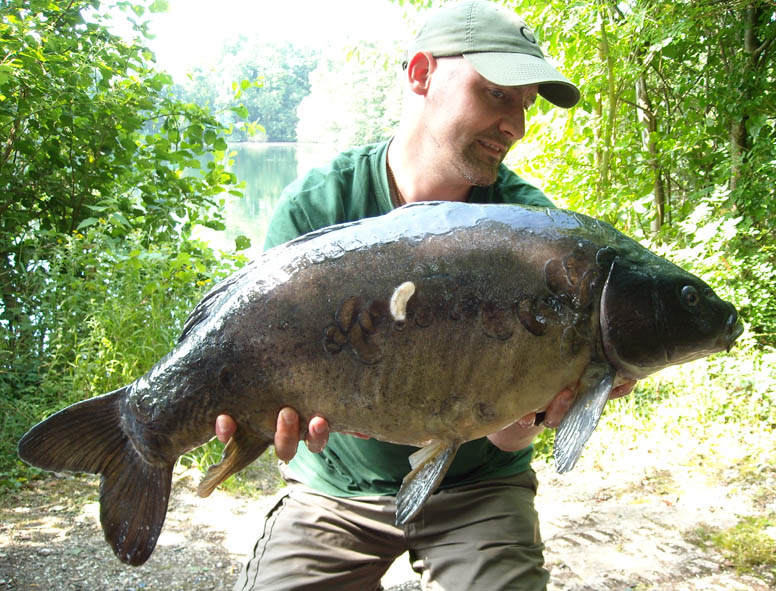
How to tie Martin’s Hit and Run rig.
Step 1 – Using a Gardner Stripper Tool, strip back approx. 3 inches of coating.
Step 2 – Tie a double overhand loop to create the hair and thread on your chosen bottom bait.
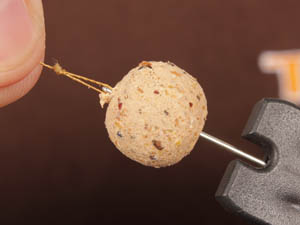
Step 3 – Martin prefers a short hair, so position the bait until it just touches the bend of the hook.
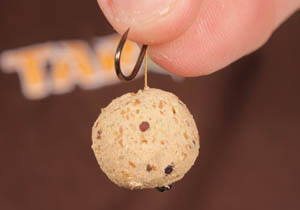
Step 4 – Now tie a simple knotless knot as shown.
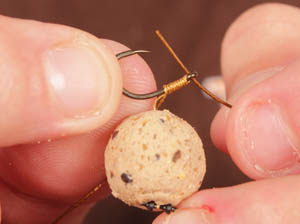
Step 5 – Pull the size 12 Kwik Lok Swivel into the Lead Clip until you hear it click.
Step 6 – Push the Tail Rubber all the way on and secure the hooklength by pushing the Anti-Tangle Sleeve over the Kwik Lok Swivel.




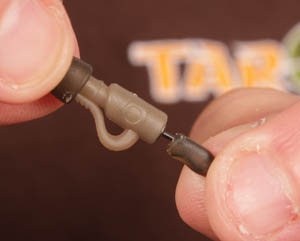

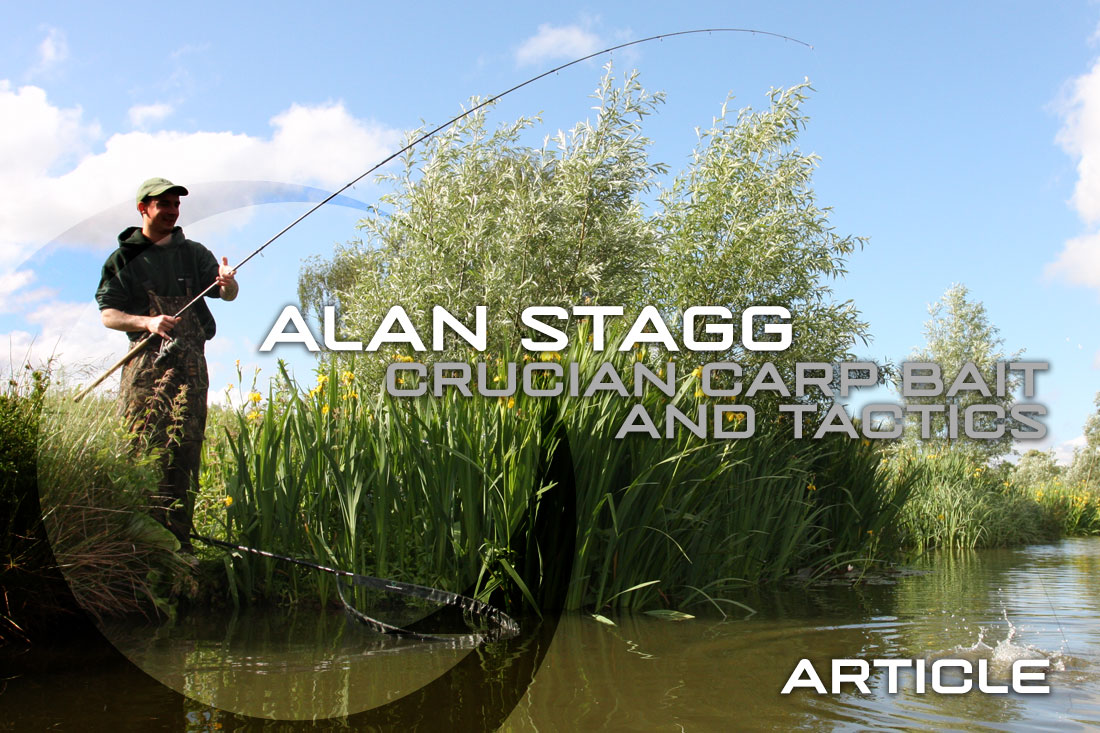
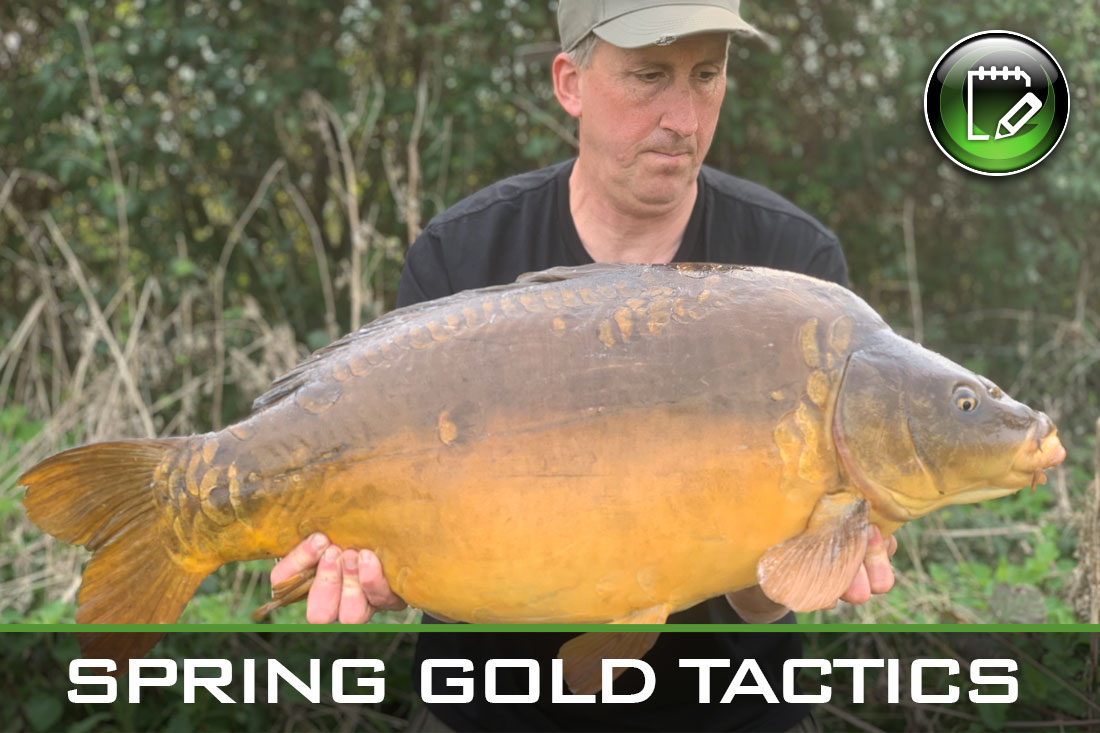

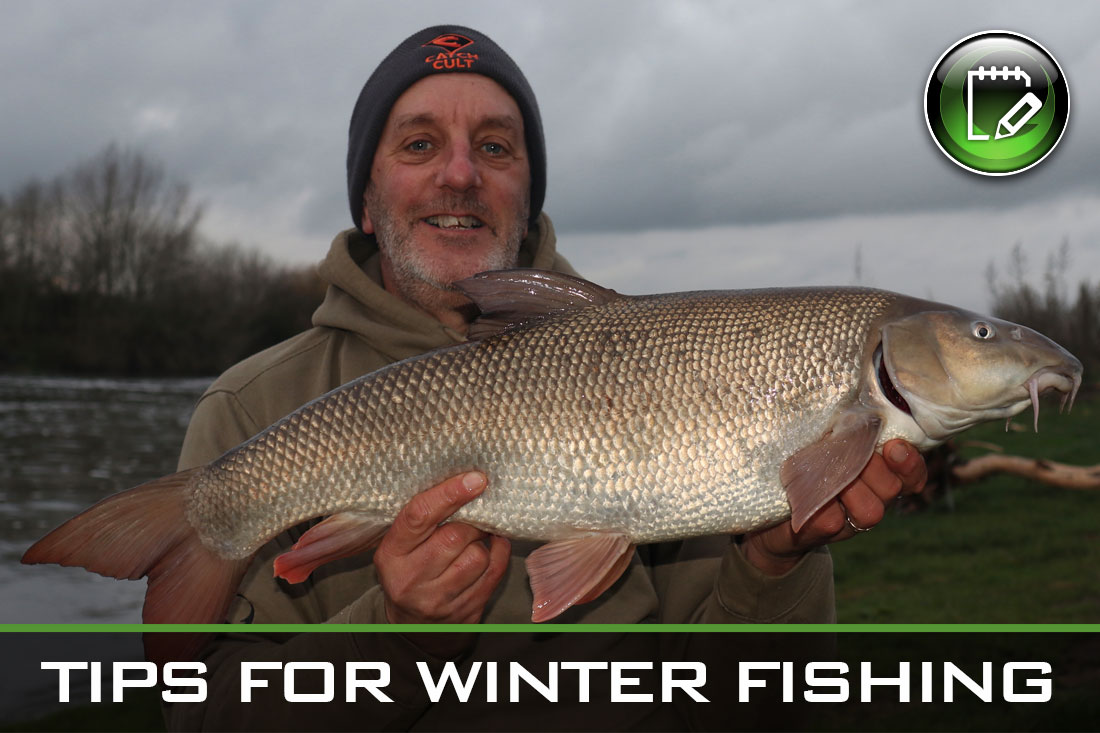

Leave A Comment